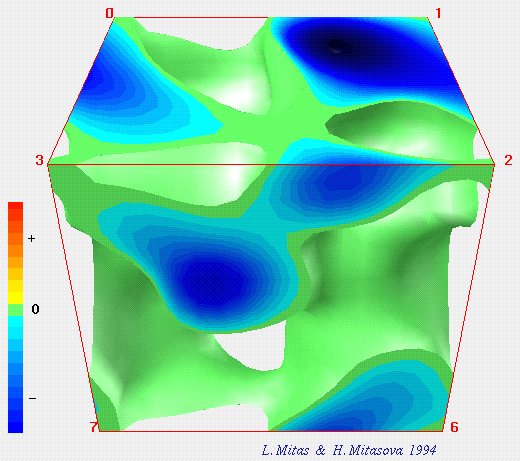Direct measurements of the wave nature of matter
Ars Technica » Scientific Method 2014-01-07

The heart of quantum mechanics is the wave-particle duality: matter and light possess both wave-like and particle-like attributes. Typically, the wave-like properties are inferred indirectly from the behavior of many electrons or photons, though it's sometimes possible to study them directly. However, there are fundamental limitations to those experiments—namely information about the wave properties of matter that is inherently inaccessible.
And therein lies a loophole: two groups used indirect experiments to reconstruct the wave structure of electrons. A.S. Stodolna and colleagues manipulated hydrogen atoms to measure their electron's wave structure, validating more than 30 years of theoretical work on the phenomenon known as the Stark effect. A second experiment by Daniel Lüftner and collaborators reconstructed the electronic structure of individual organic molecules through repeated scanning, with each step providing a higher resolution. In both cases, the researchers were able to match theoretical predictions to their results, verifying some previously challenging aspects of quantum mechanics.
Neither a wave nor a particle description can describe all experimental results obtained by physicists. Photons interfere with each other and themselves like waves when they pass through openings in a barrier, yet they show up as individual points of light on a phosphorescent screen. Electrons create orbital patterns inside atoms described by three-dimensional waves, yet they undergo collisions as if they were particles. Certain experiments are able to reconstruct the distribution of electric charge inside materials, which appears very wave-like, yet the atoms look like discrete bodies in those same experiments.
Read 12 remaining paragraphs | Comments